IS021 - Coupling imaging and numerical modeling: novel approaches for in-depth understanding of complex phenomena in porous media
Keywords: computational simulation, image processing, Multiphysics, Multiscale, porous media, Simulation and experiments
The Minisymposium “Coupling imaging and numerical modeling: novel approaches for in-depth understanding of complex phenomena in porous media” on the Multiscale and Multiphysics Systems at the COUPLED PROBLEMS 2025 aims to showcase the latest progress in the integration of full-field imaging techniques with computational simulations for the study of complex multiscale and multiphysics problems in porous media. This class of challenges is characterized by the occurrence of simultaneous processes that span multiple scales, in which the characteristic sizes and times can differ by orders of magnitude [1]. Traditionally, simplifications are commonly considered as means to obtain a closed solvable form of the equations that describe the physical process of interest, namely the averaging theories of homogenization. Meanwhile, in the latest years, full-field imaging techniques, such as NMR, neutron and x-ray tomography, have emerged as powerful tools for capturing the spatial-temporal evolution in various scientific and engineering domains [2]. By providing unique insights into local processes, these techniques facilitate improving the understanding of the mechanisms that interact at different levels leading to the observed behaviour at the macroscopic scale [2]. Simultaneously, the advent of new methods and algorithms have enabled the possibility of obtaining conformal meshes with accurate morphology representing specific features of the microstructure being studied, including even several open-source and freely available options. Thus, the combination of full-field techniques with these computational methods allows for the explicit representation of the real heterogeneities and the capability of simulating their impact on underlying processes. The present minisymposium will focus on the sharing of the application of these integrated innovative approaches in distinct multidisciplinary areas where spatial-temporal evolution of key parameters plays a crucial role, such as moisture transport in porous media, mechanical behaviour of biological material and others. By bridging the gap between experimental observations and numerical simulations, these innovative approaches enable enhanced model validation and the ability to perform “virtual experiments”. The presentations within this session will showcase cutting-edge research that highlights the potential of these innovative methods.

